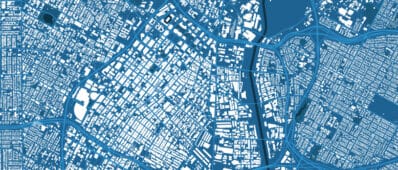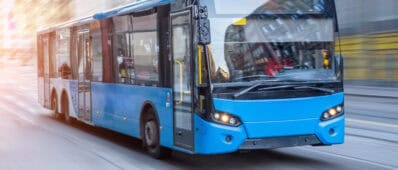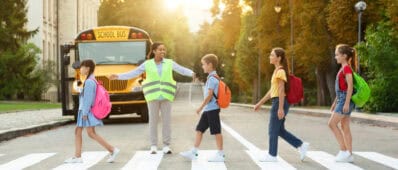Abstract
To understand the extent to which micromobility services such as bike-share and scooter-share are enabling car-lightlifestyles by replacing driving, this report explores the trip-chaining patterns of micromobility users. The research team used travel diary data collected from micromobility users in 48 cities across the US. Findings from their analysis shows that a considerable portion of car owners are leaving their cars at home when using micromobility. This suggests that, for a subset of users, micromobility can form part of a car-free or car-light day of travel, despite having a car available. In addition, micromobility services are supportive of complex trip chains that include both work and non-work trips with reduced reliance on cars. The use of micromobility services tends to entirely replace shorter car trips on shorter-length trip chains.











